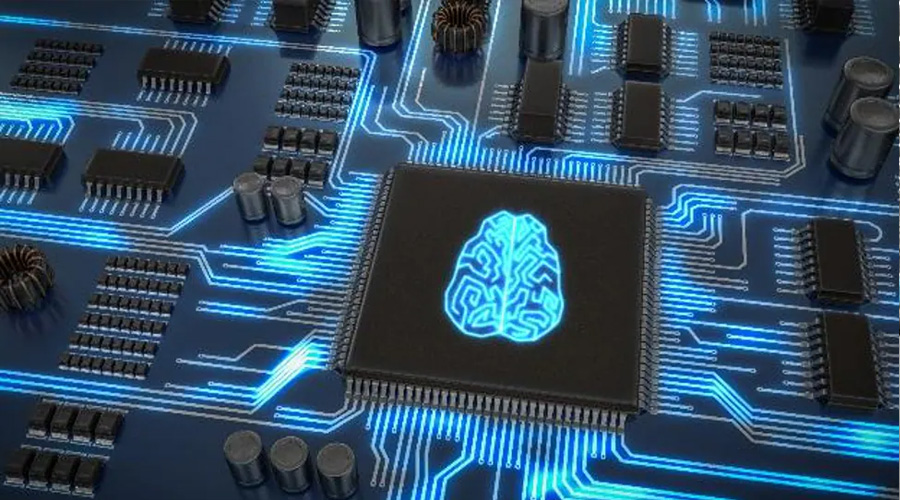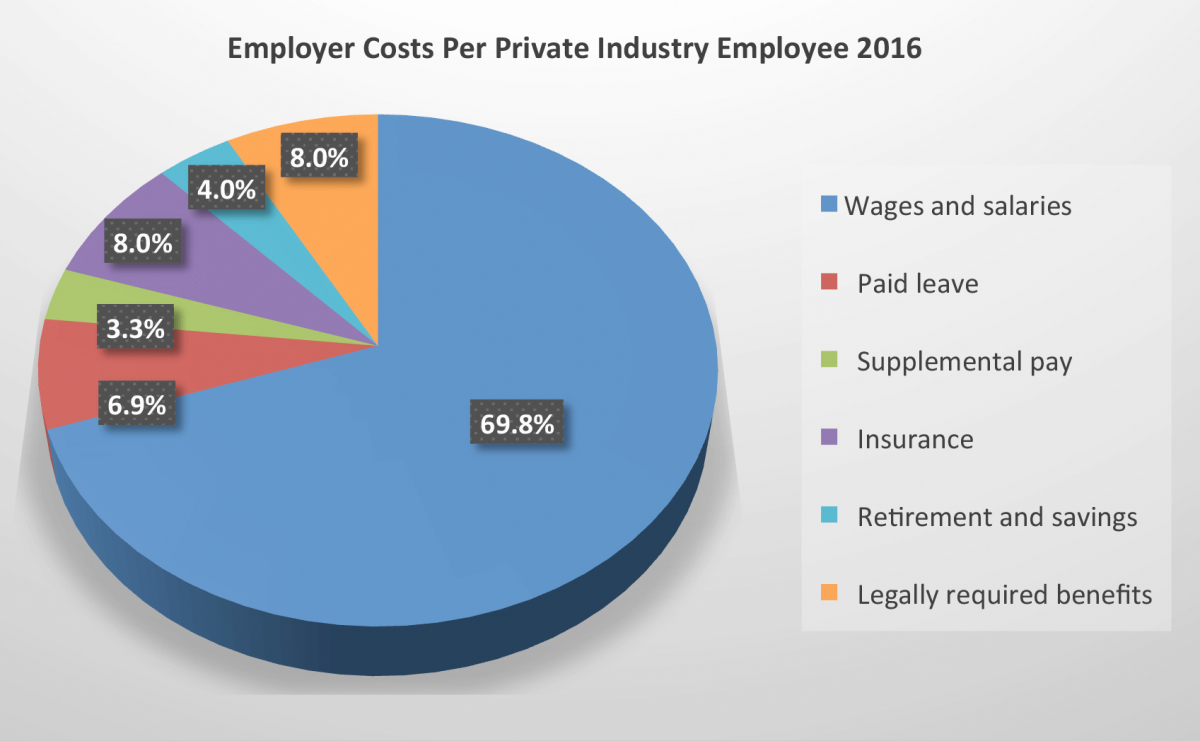IBM unveils 7nm Power10 processors for big data and AI analysis
IBM unveiled the IBM Power10 processor at this year’s Hot Chips 2020 virtual conference. As the name suggests, Power10 represents the next step in the evolution of the IBM Power architecture. IBM claims the Power10 delivers three times the efficiency of its predecessor, the Power9, which was announced in 2016.





